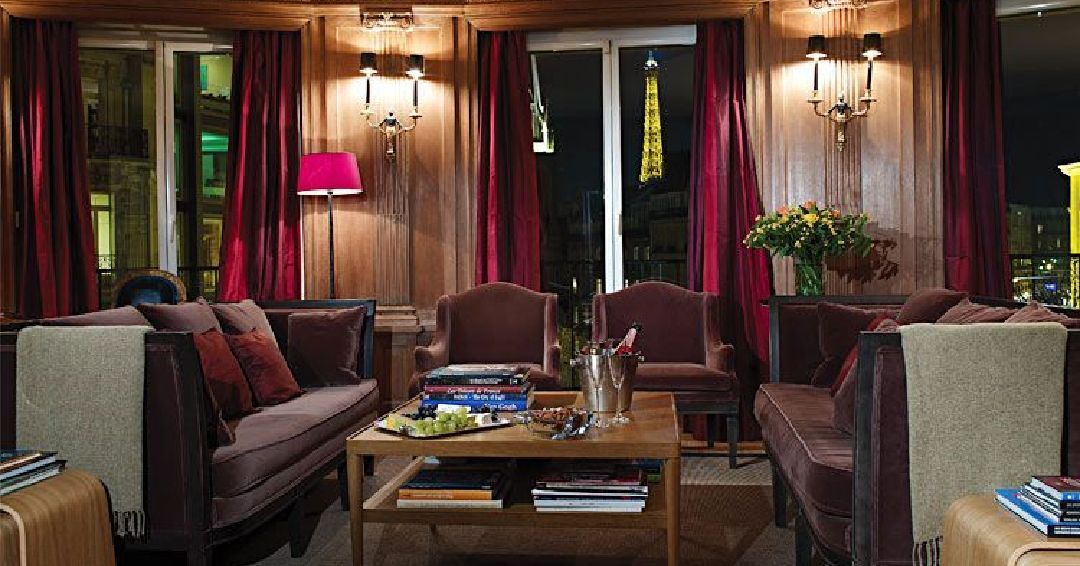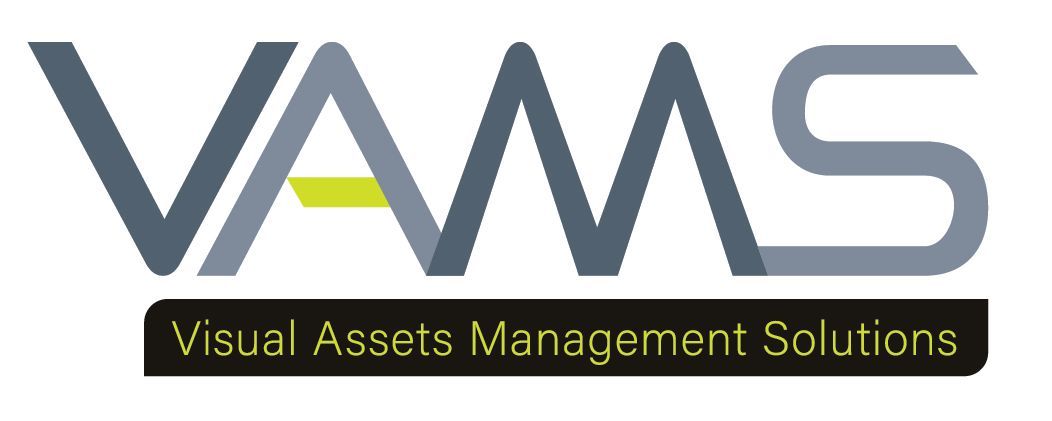The Secrets to Stunning Hotel Room Photography
The Secrets to Stunning Hotel Room Photography

The Secrets to Stunning Hotel Room Photography
In today's digital age, the power of captivating visuals cannot be underestimated,
especially in industries like hospitality. When it comes to attracting potential guests to your
hotel or vacation rental, your online imagery plays a crucial role. High-quality hotel room
photography can make the difference between a potential guest clicking "book now" or
moving on to a competitor.
As a renowned blog copywriter and professional photographer with over two decades of
experience, I've had the privilege of witnessing the evolution of hotel room photography and
understanding its significance in the senior living, hospitality, and corporate sectors.
In this article, I'll reveal the closely-guarded secrets to capturing stunning hotel room
photographs that not only showcase your property's unique charm but also create a
compelling narrative for your potential guests.
Essential Equipment
Great hotel room photography starts with the right tools in your arsenal. Whether you're a
seasoned photographer or a beginner, selecting the appropriate equipment is key to
achieving stunning results.
A. Camera Selection
When it comes to cameras, there are several options to consider. Seasoned photographers
often opt for DSLR or mirrorless cameras due to their versatility and advanced features.
These cameras allow for greater control over settings such as exposure, focus, and
composition. However, if you're new to photography, don't fret; smartphone cameras have
come a long way and can also produce impressive results, making them a suitable
alternative.
B. Tripods and Stabilizers
Stability is paramount in hotel room photography, as even the slightest camera shake can
result in blurry or distorted images. Investing in a sturdy tripod or stabilizer is essential to
ensure your photos are sharp and free from unwanted motion blur. Tripods provide stability
for your camera, while stabilizers are handheld devices that help reduce shake when
shooting handheld or walking.
In the world of hotel room photography, stability and precision can be the difference
between a mediocre shot and a stunning one. Now that we've covered the essential
equipment, let's move on to the next critical aspect: lighting.
Lighting
The importance of lighting in photography cannot be overstated. Whether you're working
with natural or artificial light, understanding how to harness and manipulate it is
fundamental to creating visually appealing hotel room photographs.
A. Natural vs. Artificial Lighting
In hotel room photography, you'll often have to choose between natural and artificial
lighting sources, each with its advantages and challenges. Natural light can provide a soft,
inviting atmosphere, but it's often limited to specific times of the day. Artificial lighting, on
the other hand, oDers consistency but may require careful control to avoid harsh shadows
or color casts.
Composition Techniques
Creating visually appealing hotel room photographs goes beyond just having the right
equipment and lighting. Proper composition techniques can make your images truly stand
out and capture the attention of potential guests.
A. Rule of Thirds
One of the fundamental principles of composition is the "Rule of Thirds." Imagine breaking
your frame into a grid of nine equal sections using two horizontal and two vertical lines. The
intersections of these lines are where you should place key elements in your shot. Placing
your subject or key elements along these lines or at the intersections can create a more
visually pleasing and balanced composition.
B. Leading Lines
Leading lines are a powerful tool in guiding the viewer's eye through the photograph. Look
for natural or architectural elements within the hotel room, such as lines in the flooring,
walls, or furniture, that lead the viewer's gaze toward the focal point of your composition.
Utilizing leading lines can add depth and a sense of direction to your images.
C. Framing
Framing involves using elements within the hotel room to frame your subject. For example,
you can shoot through a doorway, window, or even use furniture to create a frame around
the primary subject of your photo. This technique adds layers and depth to your
composition, making it more visually engaging.
In the next sections, we'll explore the importance of styling and staging your hotel room, as
well as the significance of choosing the right angle and perspective for your shots.
Styling and Staging
When it comes to hotel room photography, aesthetics matter greatly. Proper styling and
staging can transform an ordinary room into an inviting and desirable space that potential
guests will yearn to experience.
A. Decluttering
Start by decluttering the room. Remove any unnecessary items that might distract from the
room's beauty and purpose. Clean and tidy up the space to ensure it looks its best. Pay
attention to details like folded towels, neatly arranged bed linens, and well-organized
decor.
B. Adding Props
While you want to keep the room clutter-free, adding a few carefully chosen props can
enhance the ambiance and tell a story. Consider including elements like a vase of fresh
flowers, a neatly arranged breakfast tray, or an open book on the nightstand. These props
can help potential guests envision themselves enjoying the space.
C. Attention to Details
In hotel room photography, it's the small details that often make a big difference. Ensure
that all light fixtures are working, curtains are properly hung, and any visible cords or
unsightly elements are hidden. Attention to these details will elevate the overall appeal of
the room.
Angle and Perspective
Choosing the right angle and perspective for your hotel room photography is essential to
highlight the room's unique features and create visually compelling images that resonate
with potential guests.
A. Various Angles for Hotel Room Shots
Experiment with different angles to find the one that best showcases the room's layout and
design. Common angles include shooting from the doorway, capturing corner views, or
even getting down low to emphasize certain elements. Each angle can convey a different
mood and perspective.
B. Wide-Angle vs. Close-Up Shots
Consider the use of wide-angle shots to capture the entire room in one frame, showing oD
its spaciousness and layout. Conversely, close-up shots can focus on specific details like
textures, decor, or amenities, drawing attention to the finer aspects of the room.
C. Capturing Unique Perspectives
To set your hotel room photography apart, look for unique perspectives that highlight
distinctive architectural or design elements. Sometimes, shooting from unexpected angles
can reveal hidden beauty and intrigue potential guests.
With a solid understanding of composition techniques, styling and staging, and the art of
choosing angles and perspectives, you're well on your way to mastering the secrets of
stunning hotel room photography. In the upcoming sections, we'll dive into post-processing
techniques, shooting for diDerent platforms, and the importance of maintaining
consistency in branding. Stay tuned for more insights to enhance your photography skills!
Post-Processing
While capturing great shots in-camera is crucial, post-processing can elevate your hotel
room photography to the next level. With the right editing techniques, you can enhance
colors, contrast, and overall appeal while maintaining a natural look.
A. Basic Editing Techniques
Start with basic editing techniques such as adjusting exposure, contrast, and white
balance. Correct any noticeable flaws or distractions in your images, like uneven lighting or
minor imperfections.
B. Color Correction and Enhancement
Pay special attention to color correction and enhancement. Ensure that the colors in your
photos accurately represent the room's true ambiance. Enhance colors to make them pop
without veering into unnatural territory. Striking the right balance is key.
C. Maintaining a Natural Look
While editing can enhance your photos, be careful not to overdo it. Maintaining a natural
look is essential to maintain authenticity. Avoid heavy-handed editing that may mislead
potential guests. Aim for subtlety and finesse in your post-processing.
Shooting for Different Platforms
Hotel room photography isn't limited to your website. To reach a wider audience and entice
potential guests, your photos should be versatile enough for various platforms, including
social media, marketing materials, and listing websites.
A. Considerations for Website Images
For your website, ensure that your images are high-resolution and appropriately sized. Pay
attention to load times and responsiveness, as slow-loading images can deter visitors. Use
photos that highlight the unique features of each room and provide a sense of space and
comfort.
B. Social Media and Marketing Materials
Tailor your photography to suit the requirements of social media platforms and marketing
materials. Square or vertical images may work better on platforms like Instagram, while
landscape photos may be suitable for brochures and advertisements. Consistency in style
and branding across all platforms is essential.
Consistency in Branding
Creating a consistent brand identity through your hotel room photography is vital to
building trust and recognition among potential guests. Your photography should reflect the
unique personality and values of your establishment
A. Maintain a Unified Style
Consistency in style involves using similar compositions, color palettes, and lighting
across all your photographs. This unified approach creates a cohesive and recognizable
visual identity for your hotel or property.
B. Showcasing Your Brand's Personality
Consider how your photography can convey the personality of your establishment. Are you
a luxurious, modern hotel, or do you cater to a more rustic and cozy atmosphere? Your
images should align with your brand's character.
The Secrets to Stunning Room Photography
In the world of hospitality, the significance of stunning hotel room photography cannot be
overstated. As a seasoned photographer and copywriter, I've shared the secrets that can
transform your hotel room imagery into powerful marketing assets. From mastering
essential equipment and lighting to crafting compelling compositions and maintaining
brand consistency, these insights are your keys to success.
Remember, your photographs are not just pictures; they're stories waiting to be told. Apply
these techniques, let your creativity flourish, and watch as your hotel room photography
captivates and entices potential guests. Elevate your property's visual

